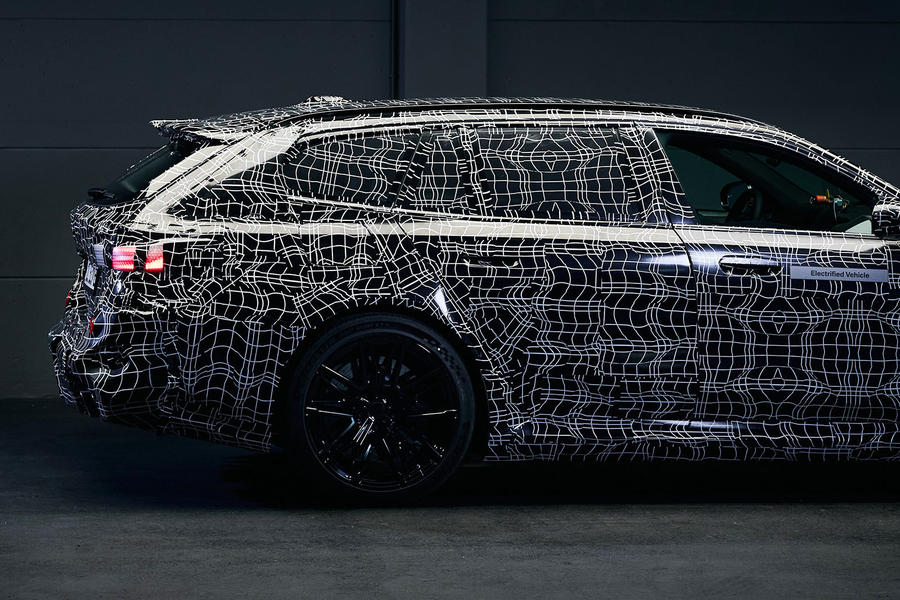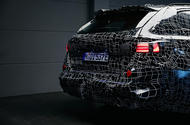The new BMW M5 is tipped to feature hybrid drivetrain that will offer “over 700bhp”
Super-estate is set to rival Audi RS6 by combining 4.4-litre V8 with rear-mounted electric motor
The BMW M5 Touring will return in 2024, having gone on hiatus since the E60-generation model was discontinued in 2010.
BMW has also confirmed that the new M5 – to be available in saloon and estate forms – will use a hybrid powertrain, as previously reported by Autocar.
This is understood to be a plug-in hybrid pairing BMW’s 4.4-litre twin-turbocharged S63 V8 with a rear-mounted electric motor. Sources close to the German manufacturer claim the two units combine for power and torque outputs in the region of 790bhp and 737lb ft.
Early prototypes of the new M5 were said to use a lithium ion battery similar in capacity to the 12.0kWh unit found in the outgoing BMW 545e. Whether this item will be used for production versions of the next M5 remains to be seen, although suggestions were made that BMW M is developing its own performance battery with ultra-rapid discharge properties.
That the upcoming 530e and 550e PHEVs receive a 19.4kWh battery hints that the super-saloon and estate may too receive a more capacious pack.

“We are now also installing a hybrid drive system with typical M performance in other high-performance cars,” said BMW M development head Dirk Häcker.
Power is set to be delivered through an eight-speed torque-converter automatic gearbox, with a rear-biased xDrive four-wheel drive system.
The next M5 is also set to adopt a heavily reworked chassis, with distinguishing features including a wider front and rear track.
The new BMW i5 is not set to spawn an all-electric M5, but the M division has fettled the zero-emission saloon. The i5 M60 is not as overtly performance-focused as the M5, but still dispatches the 0-62mph sprint in 3.8sec thanks to a dual-motor powertrain producing a combined 593bhp and 605lb ft.
![]()
The original BMW M5 touring was launched in 1992 as a more practical variant of the second-generation car. It did not return for the third-generation (E39) model, reportedly due to financial constraints, although a one-off prototype was built. The Touring came back for the fourth-generation (E60/E61) car, but it was exclusive to Europe and just 1009 were sold.
Additional reporting by Charlie Martin
Source: Autocar
